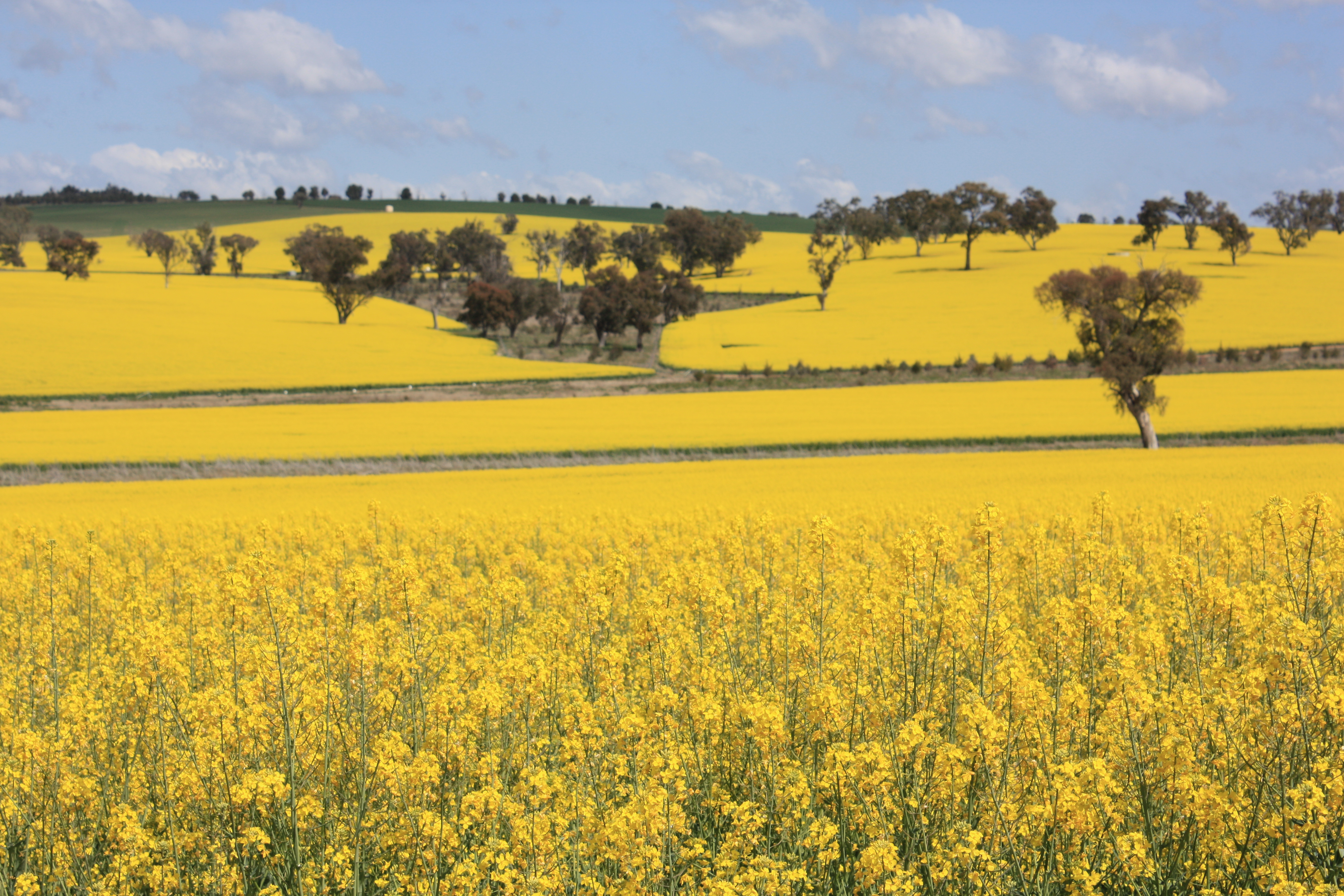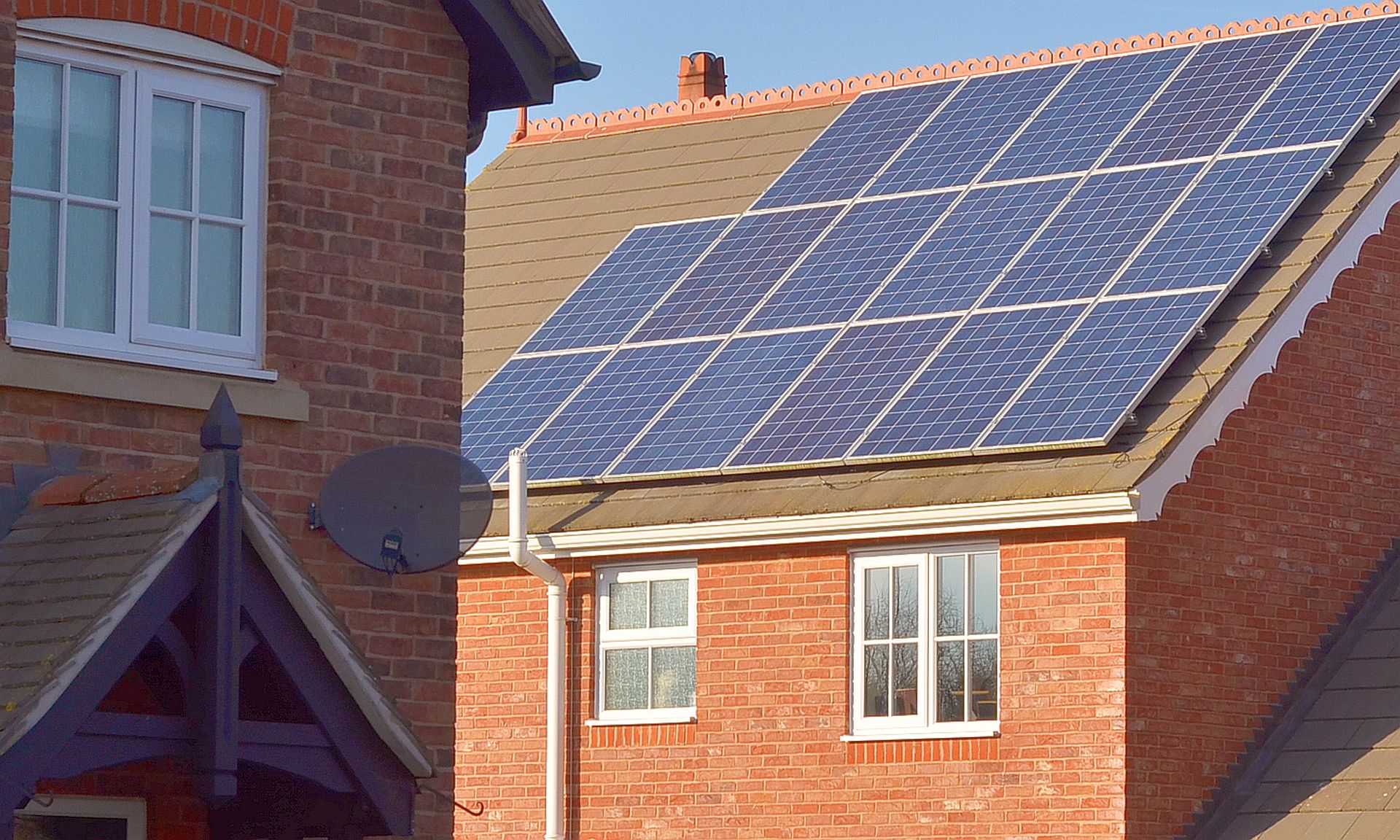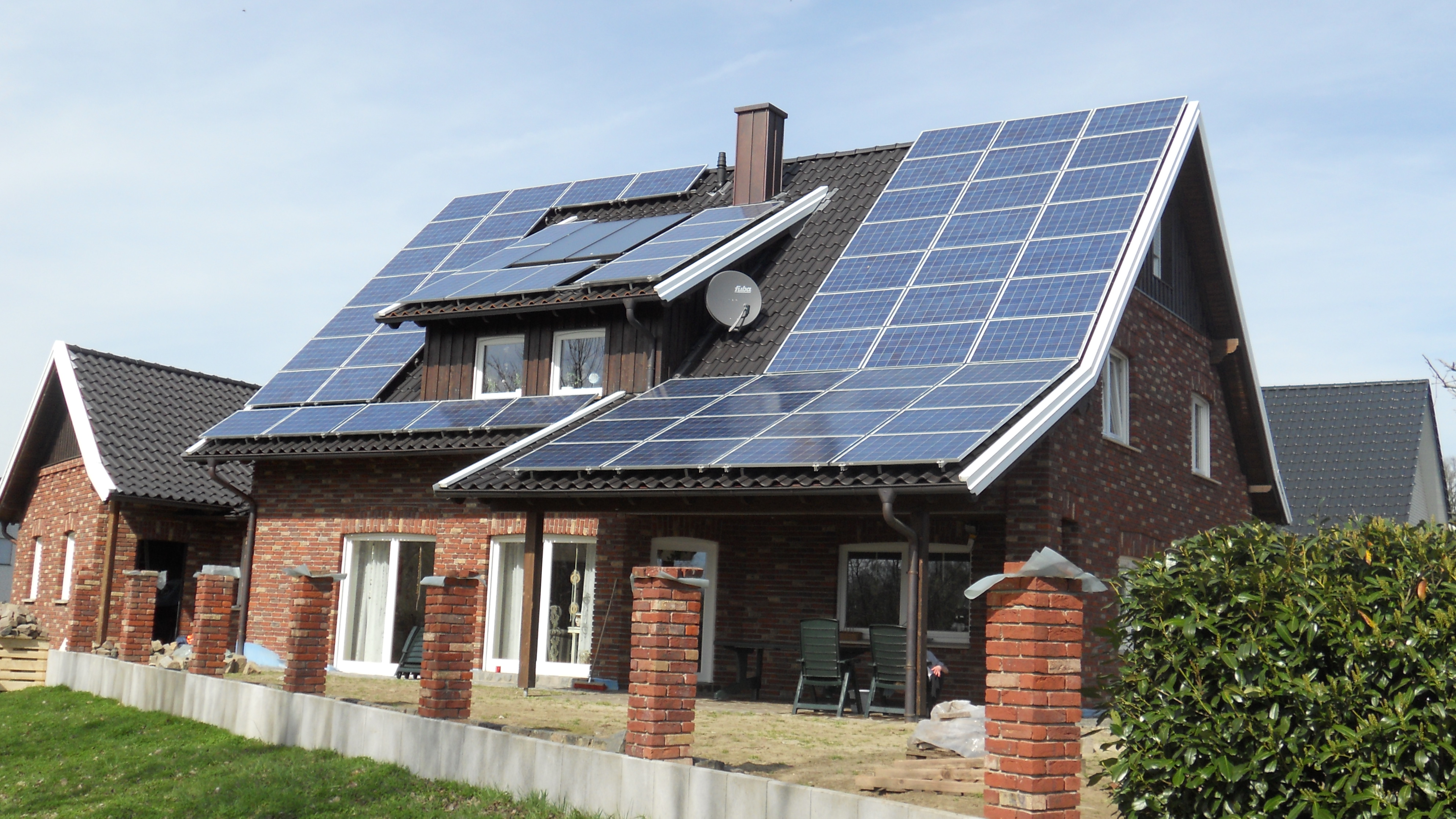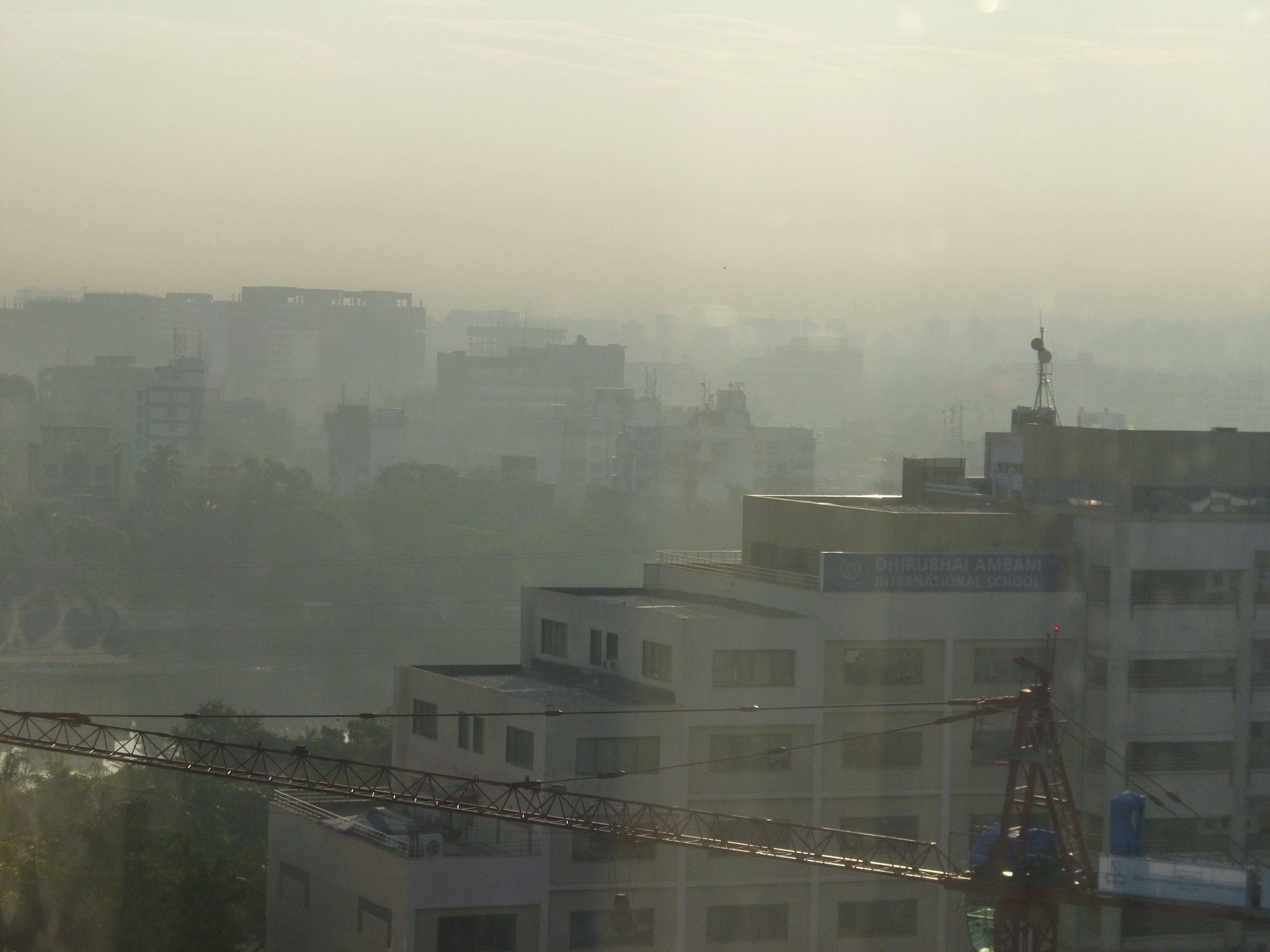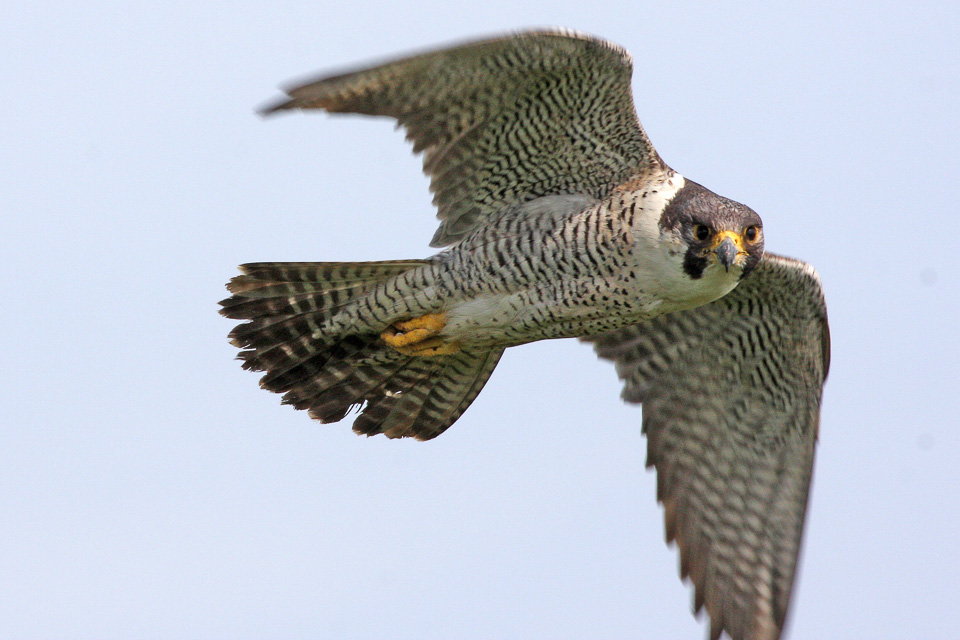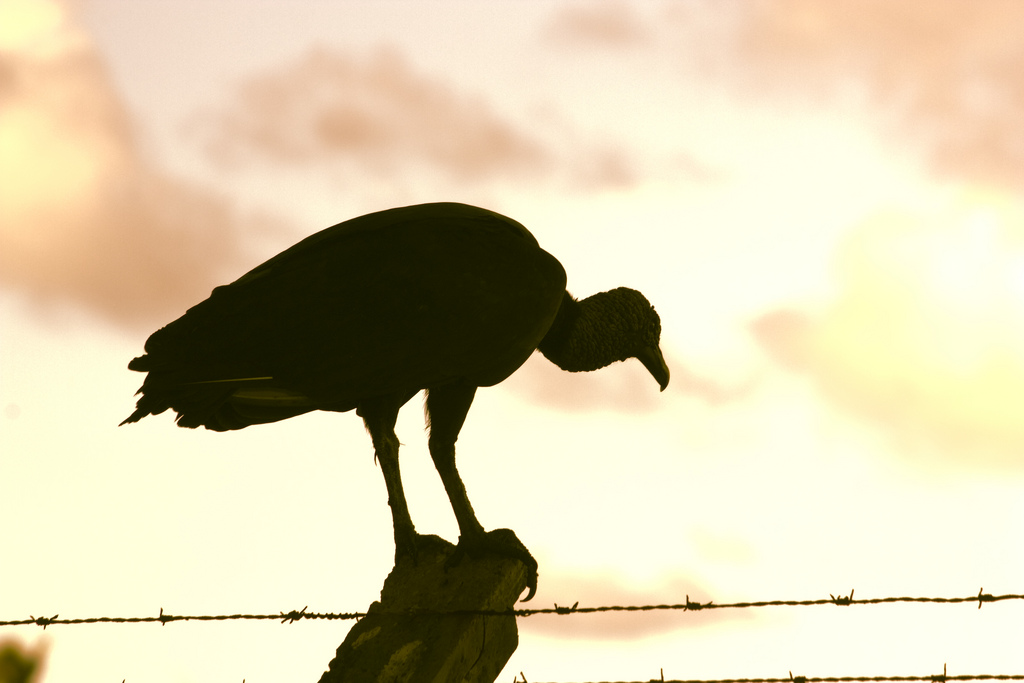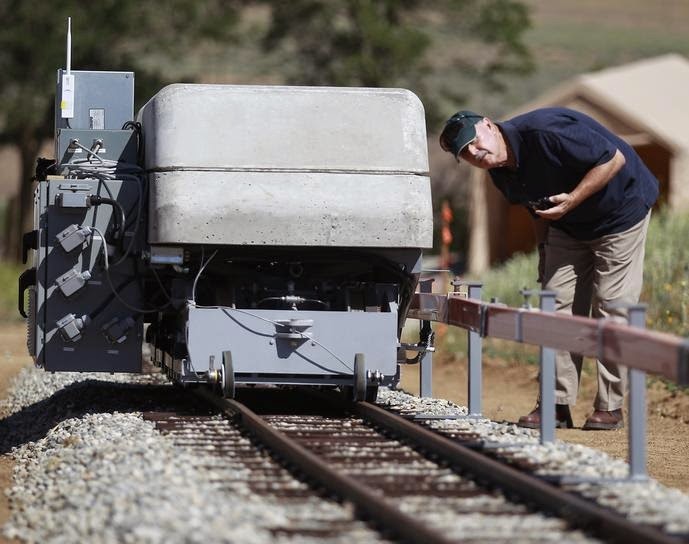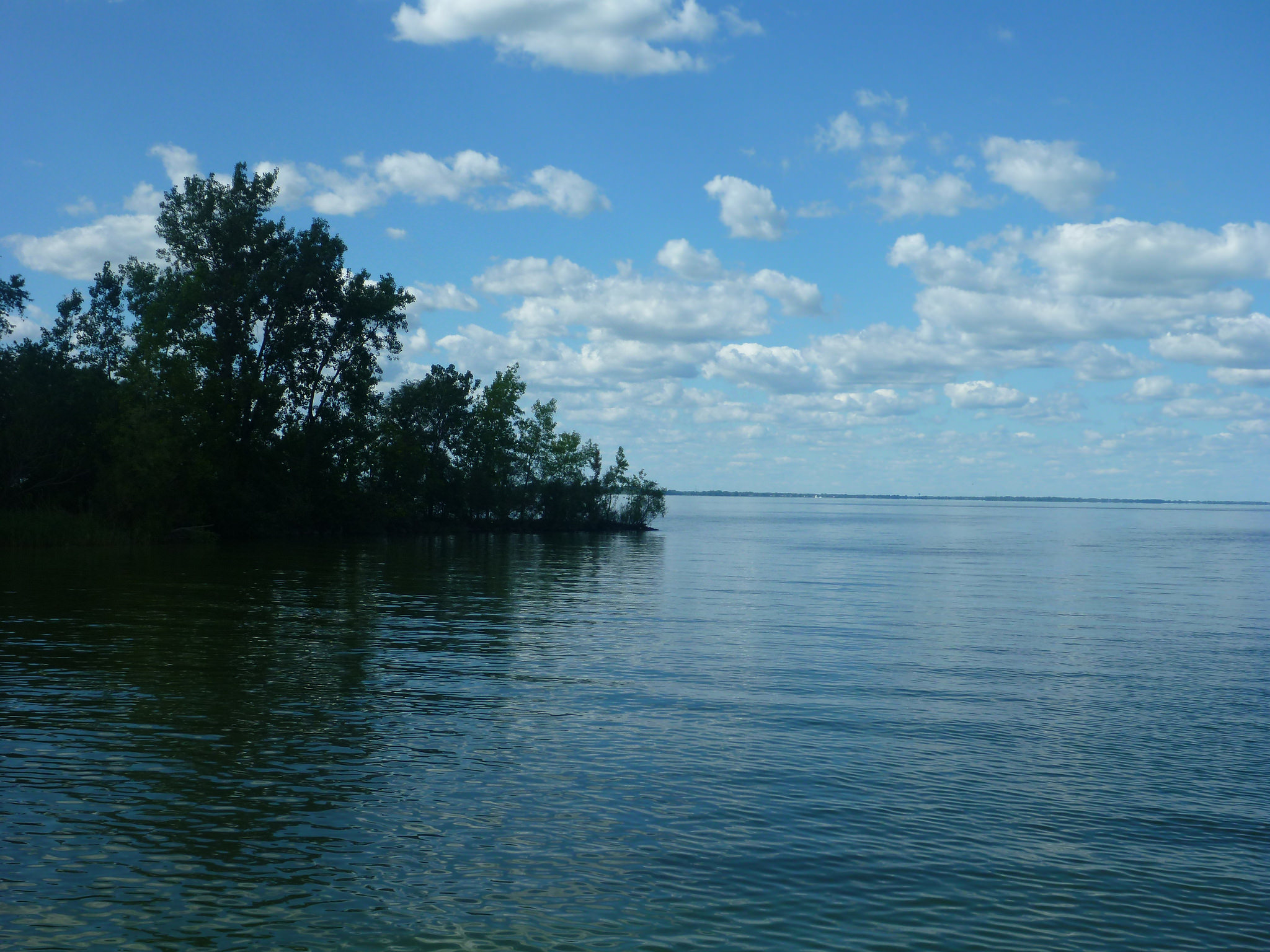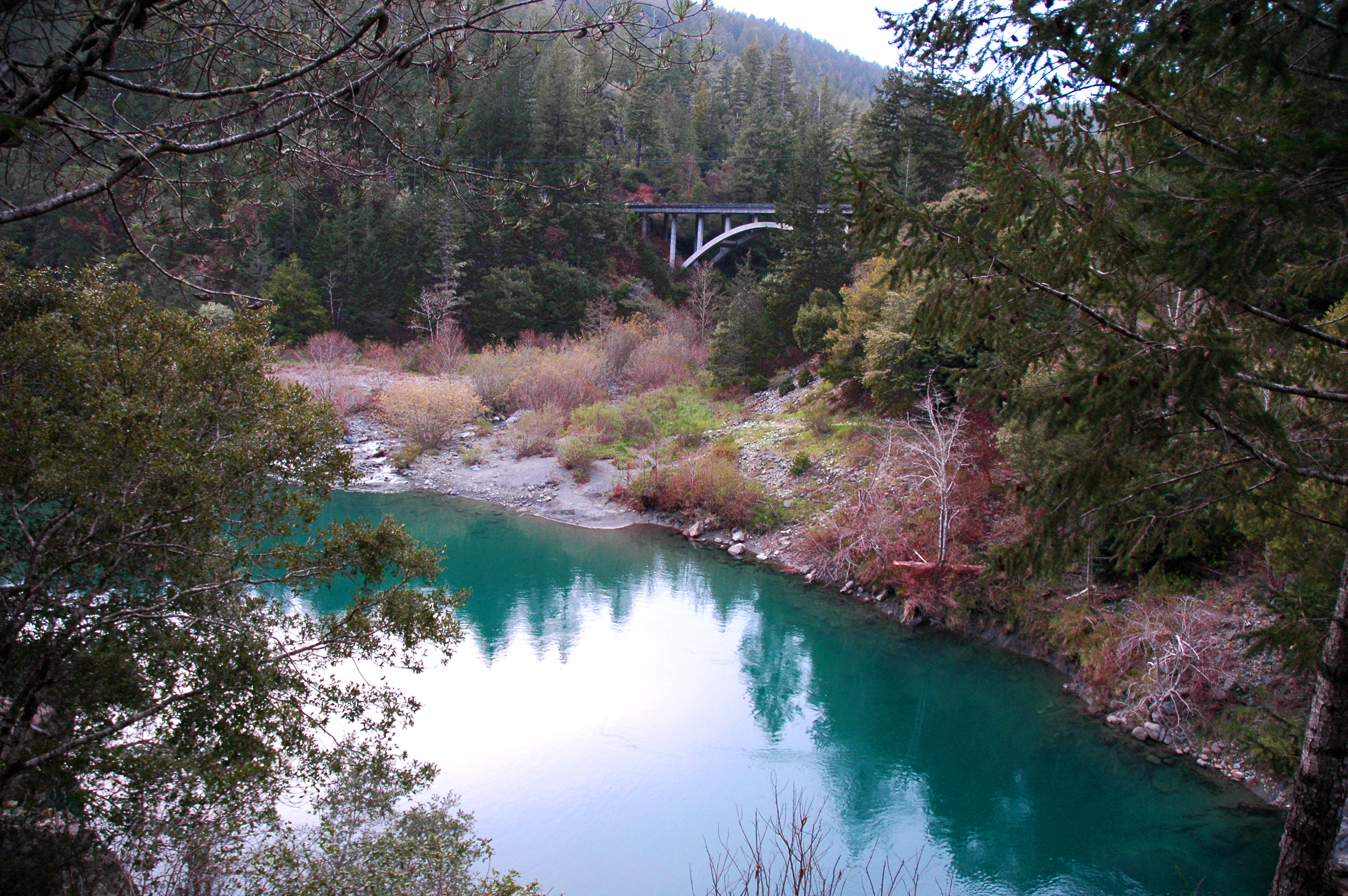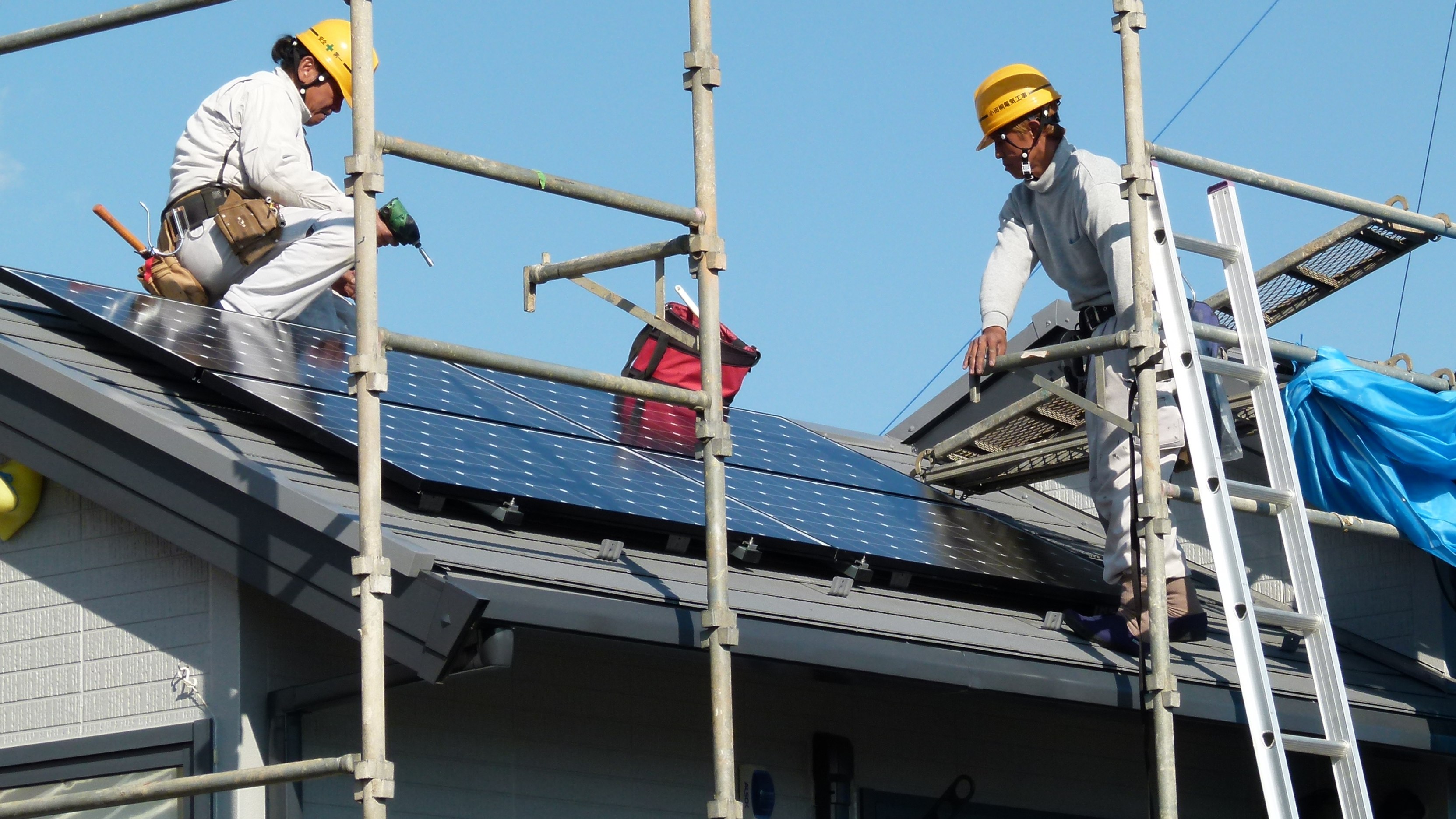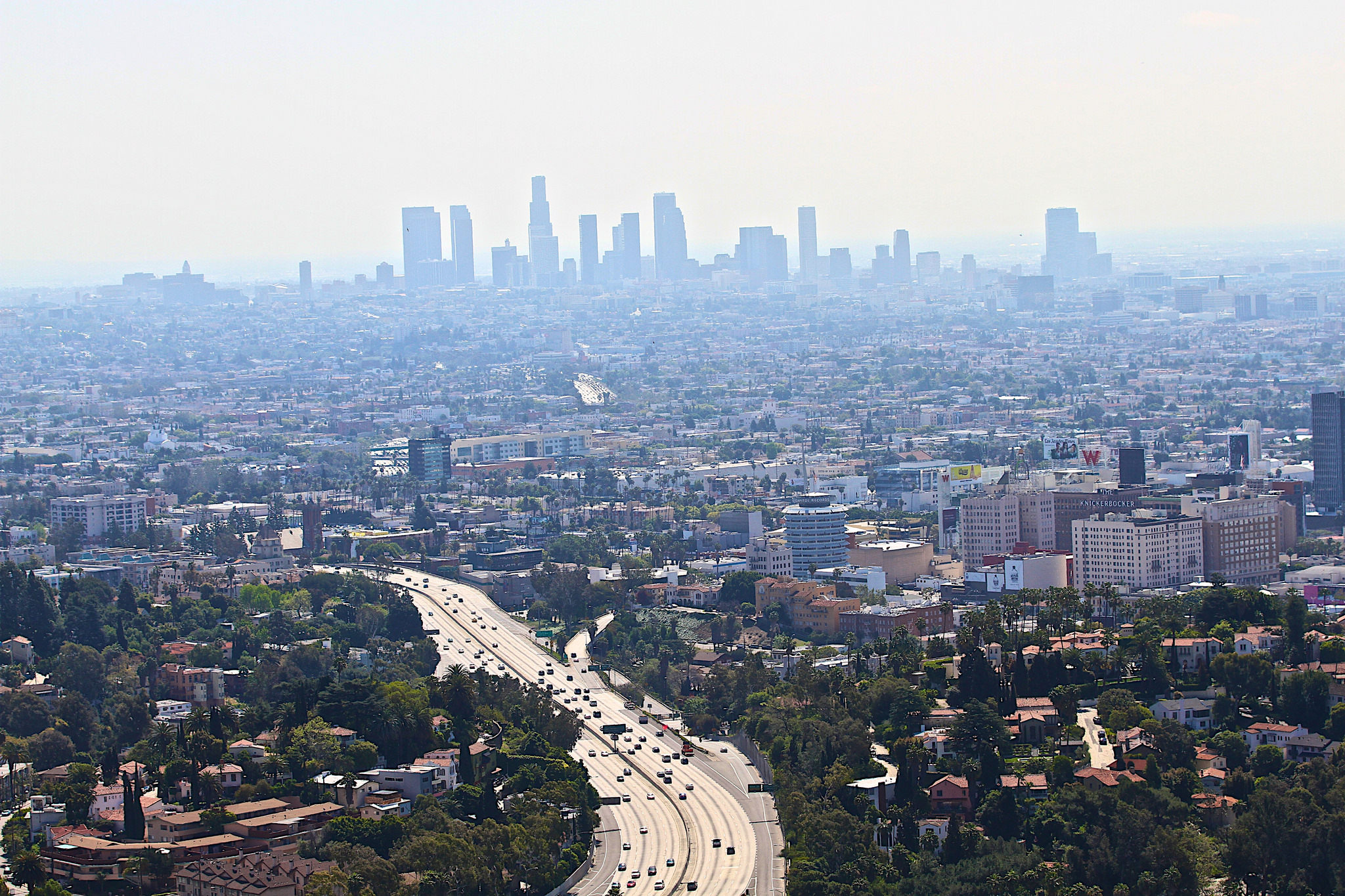Nile Crocodiles In Florida
Nobody really knows how many alligators live in Florida. It’s estimated that there are anywhere from 1.3 million to 2 million alligators in the Sunshine State, which means there’s one gator for every 10-15 Floridians. It’s this ratio that makes it just about impossible for someone living in Florida not to encounter an alligator at some point. And if you have seen one recently and thought it looked a little bigger, you may be onto something.
One Million Roofs
Sometime early in May, the United States installed its one millionth solar energy system. Achieving this milestone took the solar industry about 40 years to accomplish. Because of the phenomenal growth of solar power in this country, industry experts predict that it will only take two more years to reach the second million and there are predictions that by the year 2025, there will be one million new installations in the U.S. each year.
Sponsoring National Parks
Everybody loves national parks. They offer scenic wonders, opportunities to commune with nature, and a chance to get away from the pervasive commercialization that fills our lives. But that may soon change.
Too Much Of A Good Thing
Germany has continued to be the most aggressive adopter of renewable energy among large industrial nations. The country has the goal of shifting to 100% renewables by 2050. Its continuing embracing of solar and wind generation resources over the past decade has resulted in renewables supplying a third of the country’s power on average.
Less Sulfur In The Soil
Acid rain is rain containing high levels of nitric and sulfuric acids. The main culprit for it is the burning of fossil fuels, particularly coal-burning power plants. The most serious effect of acid rain is the creation of toxicity in lakes, wetlands and other aquatic environments, doing great harm to a wide range of aquatic animals.
Fighting Smog
There are 35 megacities in the world – metropolitan areas with more than 10 million people. Fifteen of them have populations above 20 million. And many of these teeming metropolises have to contend with some of the worst air pollution on the planet.
Solar Power And Drinkable Water
According to a report from the International Food Policy Research Institute, more than half the world’s population will be at risk of water shortages by 2050 if current trends continue. As the climate continues to change, severe droughts are becoming increasingly commonplace.
The State Of The Birds
The North American Bird Conservation Initiative recently released its annual “State of the Birds’ report, which is a comprehensive analysis of North American birds. And as with many other things these days, we’re not doing well.
Trouble For Vultures
When we think of vultures, we picture big, ugly birds circling over a carcass in the desert. They are a stereotypical harbinger of death. But in many parts of the world, vultures are in danger of disappearing. Our knee-jerk reaction might well be “good riddance”, but as is the case for pretty much all participants in ecosystems, vultures have an important role to play. And when they aren’t around to play that role, bad things can happen.
Storing Energy With Rocks
Energy storage is hot topic because more and more electricity is being generated from renewable sources like solar power and wind power that can’t operate all the time because the sun doesn’t always shine and the wind doesn’t always blow. So we need ways to store surplus energy when it is produced and be able to use it later when it is needed.
Mobile Apps Empower Citizen Science
Citizen scientists play a vital role in raising awareness about the health of our nation’s freshwater resources. Their efforts can help document water clarity and track harmful algal blooms and other indicators of poor water quality instrumental to sound management.
The Struggle For Fuel Economy
Five years ago, the Obama Administration announced that the Corporate Average Fuel Economy or CAFE standard for the year 2025 would be 54.5 miles-per-gallon. They estimated that improving the average fuel economy of cars and light-duty trucks to this level would save car owners $1.7 trillion at the pump and eliminate more than 6 billion metric tons of greenhouse gas emissions.
A Giant Dam Removal Project
In early April, the U.S. Government, the states of Oregon and California, and the utility Pacificorp signed an agreement that will lead to the removal of four dams on the Klamath River by 2020, amounting to one of the largest river restoration efforts ever undertaken in the United States.
Food Waste And Behavior
In a recent article in Science entitled “Waste not, want not, emit less,” Danish researchers looked at the problem of food waste in both developed and developing countries. Overall, about a third of the world’s food is lost or wasted, but the reasons for this vary in different parts of the world.
Solar Rooftops Looking Better Than Ever
The price for installing solar panels continues to get lower and lower as volumes increase and technology improves. There are also more ways than ever to get solar installed with leases and other creative financial arrangements.
Wildlife Adapting To Cities
By the year 2030, two-thirds of humanity will live in cities— but we are not alone. Cities are filled with food and natural predators are scarce, so many creatures have moved in with us.
Recycling CO2
The X Prize Foundation provides financial incentives for innovative solutions to various technical challenges. Topics have ranged from developing spacecraft to trying to create a real-world version of the Star Trek tricorder. Last year, the foundation launched a $20 million challenge to come up with technologies by the year 2020 that turn carbon dioxide captured from the smokestacks of power plants into useful products.
Making It Rain
It seldom rains in the United Arab Emirates. Some areas of the UAE receive less than five inches of rain annually, and often little to none at all during the summer months when temperatures can climb above 110 degrees Fahrenheit. These conditions have led to water security concerns particularly in Dubai, a blossoming international destination, as well as in rural, farming communities.
